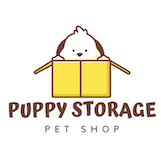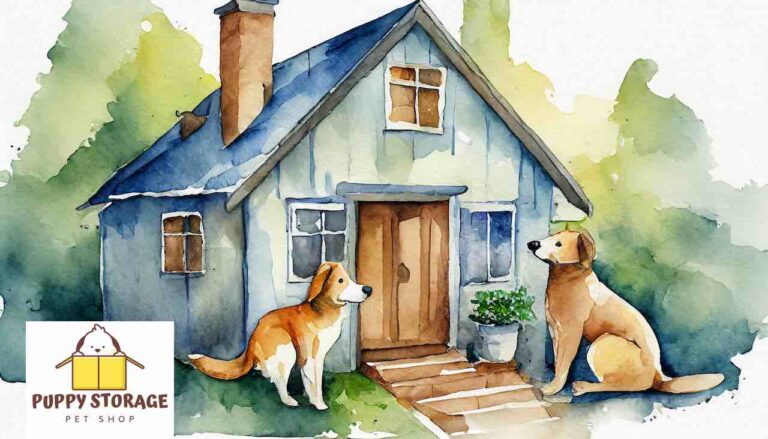Bark or Treat: A Howl-oween Safety Guide for Your Pooch
Halloween, with its whimsical costumes, spooky decorations, and an abundance of candy, is a favorite holiday for many. However, amidst the fun and festivities, it’s crucial to remember that this holiday can present unique challenges and potential hazards for our furry companions. For dogs, Halloween can be a perplexing and even perilous time, where enticing treats, unfamiliar sights and sounds, and costume-clad strangers can all play a role in causing stress and health risks.
One of the most significant concerns during Halloween is the risk associated with the consumption of chocolate and other candies. These delectable treats, while delightful for humans, contain ingredients that are toxic to dogs. In addition to the edibles, there are various other hazards to be mindful of, such as potential choking on candy wrappers, the temptation to chew on glow sticks and jewelry, and the potential for escape when doors open and close frequently. As responsible dog owners, it’s essential to take proactive steps to ensure our canine companions have a safe and enjoyable Halloween experience.
In this guide, we’ll explore the key considerations to keep in mind and provide you with tips on how to safeguard your beloved dog during this festive season.
- Chocolate and Candy: Halloween is known for its abundance of chocolate and candy, but these can be toxic to dogs. Keep candy out of your dog’s reach, and be especially cautious about chocolate, which contains theobromine and caffeine, both of which are harmful to dogs.
- Xylitol: Many sugar-free candies and gum contain xylitol, a sugar substitute that can be extremely toxic to dogs. Even small amounts can cause a rapid insulin release, leading to hypoglycemia and potential organ damage.
- Glow Sticks and Jewelry: The chemicals inside glow sticks and glow jewelry can be harmful if ingested. Make sure your dog doesn’t chew on or puncture these items.
- Candles and Jack-O’-Lanterns: Be cautious with lit candles and lit pumpkins, as curious dogs might knock them over, causing burns or fires. Consider using battery-operated candles or LED lights for your decorations.
- Costumes: While dressing up dogs can be cute, not all dogs enjoy it. Make sure the costume doesn’t restrict your dog’s movement, breathing, or ability to see, hear, or bark. Also, watch for any loose or small parts that could be chewed off and swallowed.
- Doors and Gates: With the frequent opening and closing of doors as trick-or-treaters come and go, it’s easy for a dog to escape. Make sure your dog has proper identification, and consider keeping them in a quiet and safe room away from the front door.
- Loud Noises and Strangers: Halloween can be noisy and bring many strangers to your doorstep. Some dogs may find this stressful. If your dog is easily frightened, consider providing a safe, quiet space where they can retreat.
- Decorations: Keep an eye on your dog around decorations. Some decorations may have small parts or pieces that could be chewed on and ingested. Fake cobwebs, in particular, can be harmful if swallowed.
- Candy Wrappers: Dogs may be attracted to candy wrappers, which can cause choking or gastrointestinal issues if ingested.
- Pranks and Harmful Treats: Ensure that your dog doesn’t consume any potentially harmful “treats” or pranks that may be left out as part of Halloween traditions.
It’s essential to be vigilant and take precautions to keep your dog safe during Halloween. While some dogs may enjoy the festivities, others may find it stressful, so consider your dog’s temperament and needs when planning your Halloween celebrations. If you suspect your dog has ingested something harmful or is exhibiting signs of distress, contact your veterinarian or an emergency pet clinic immediately.





































